$300 Earthbag House
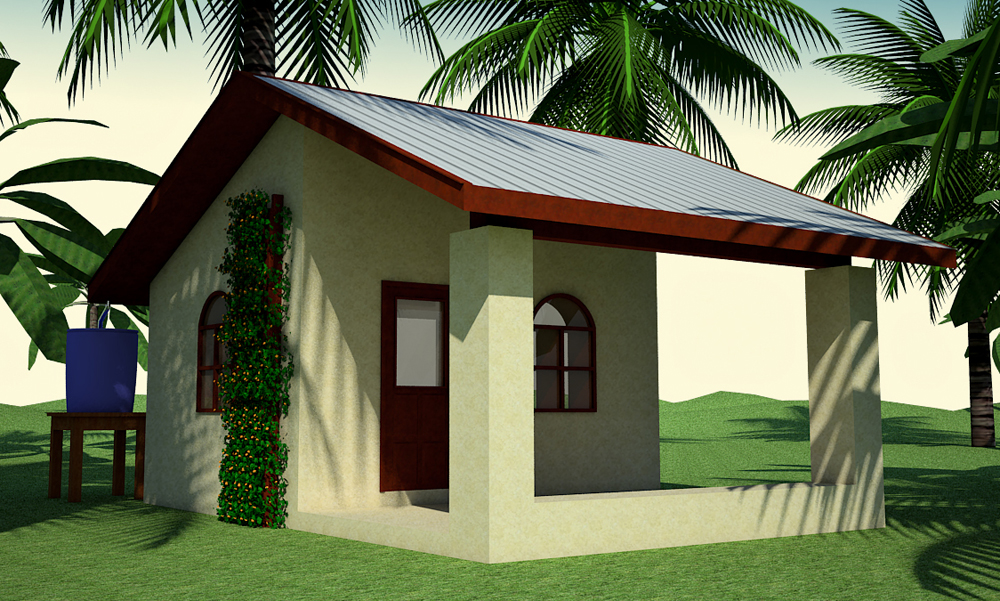
This is Owen Geiger‘s entry to The $300 House Open Design Challenge. Owen is an earthbag expert and the former Director of Builders Without Borders and Founder and Director of the Geiger Research Institute of Sustainable Building.
The design challenge started out as an idea described by Vijay Govindarajan and Christian Sarkar in a blog post at the Harvard Business Review. In a nutshell, they proposed that it might be possible for a simple home to be built for less than $300. At this price point a viable alternative would become available for millions of people currently living in hazardous makeshift housing around the world.
The initial idea was met with many positive responses, so they decided to take it to the next level and invite people to submit their design concepts through an open design competition.
Take a closer look at this earthbag home design at Earthbag Building Blog.
To learn more about the competition and review the entries visit The $300 House website.

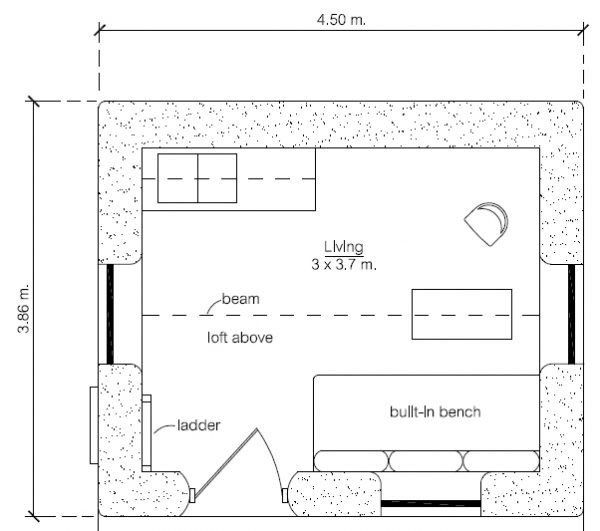
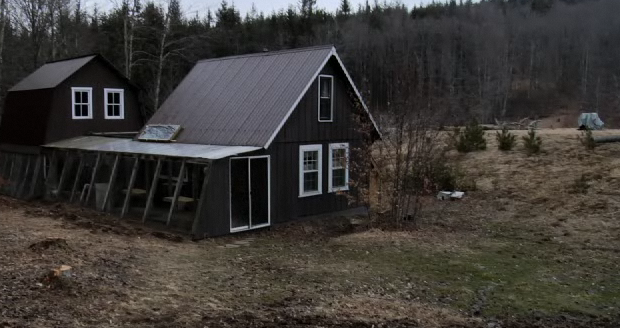
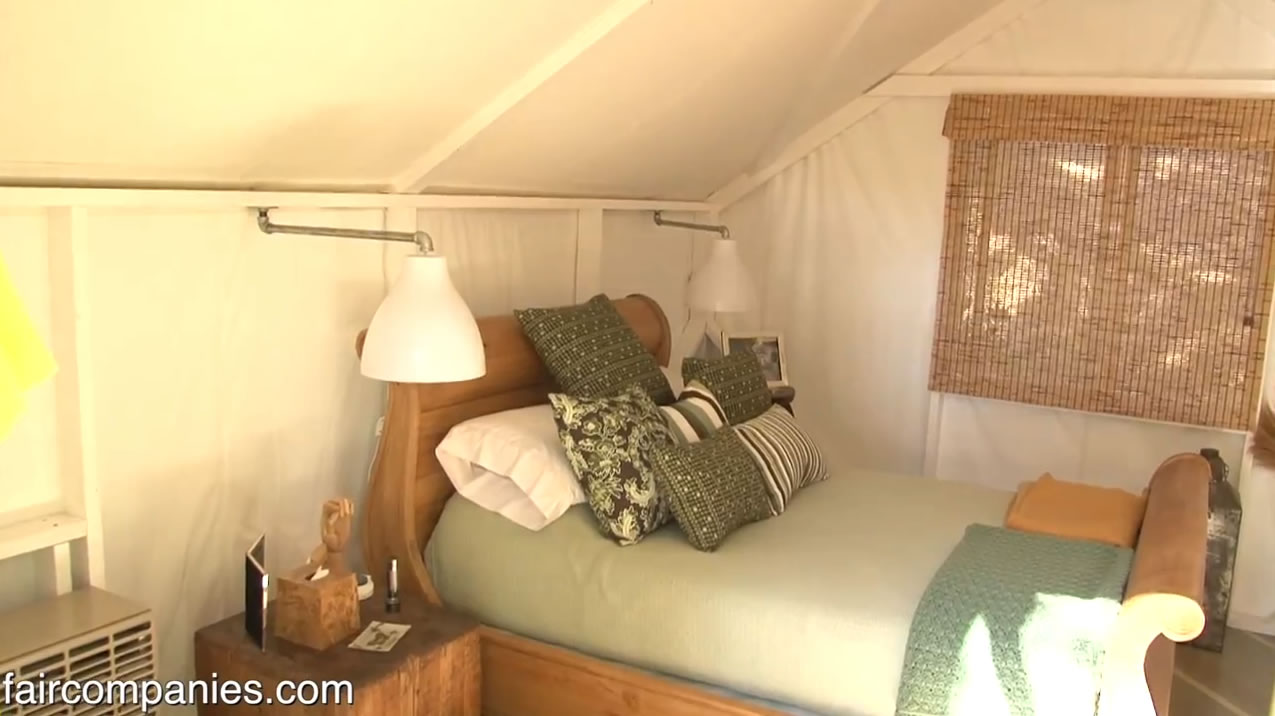
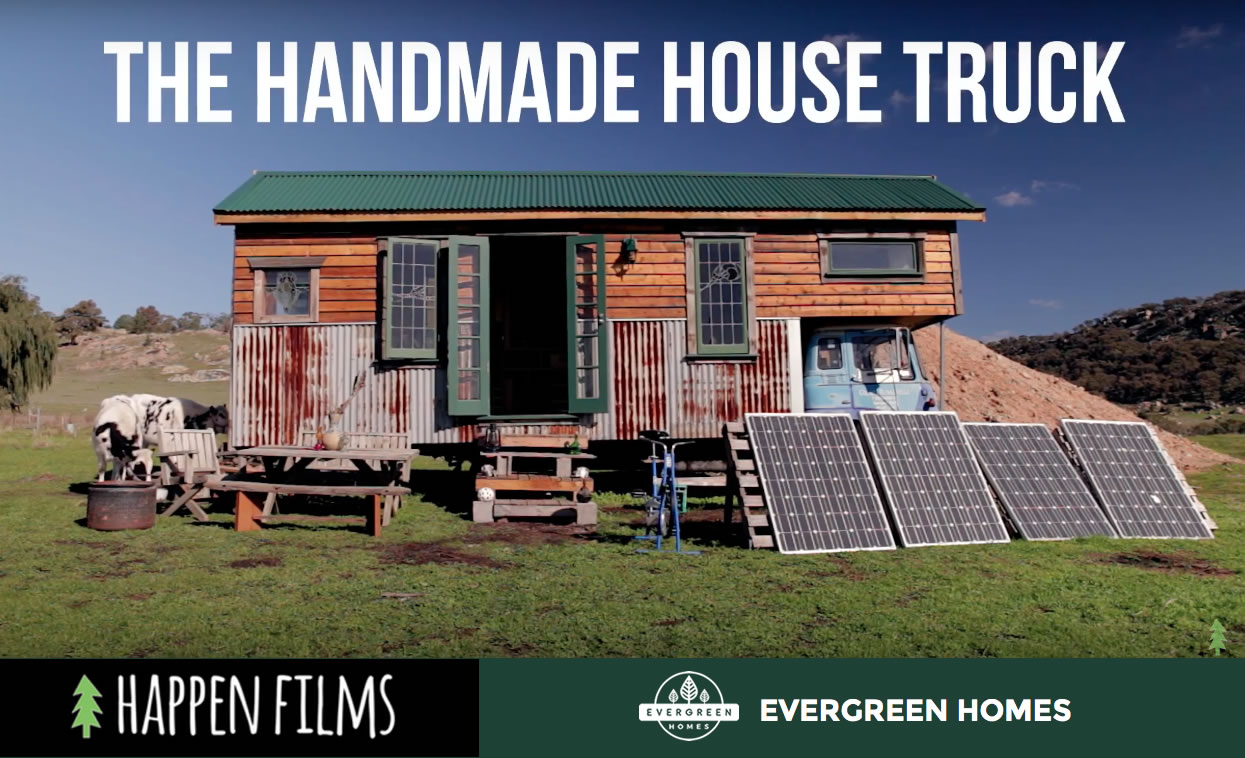
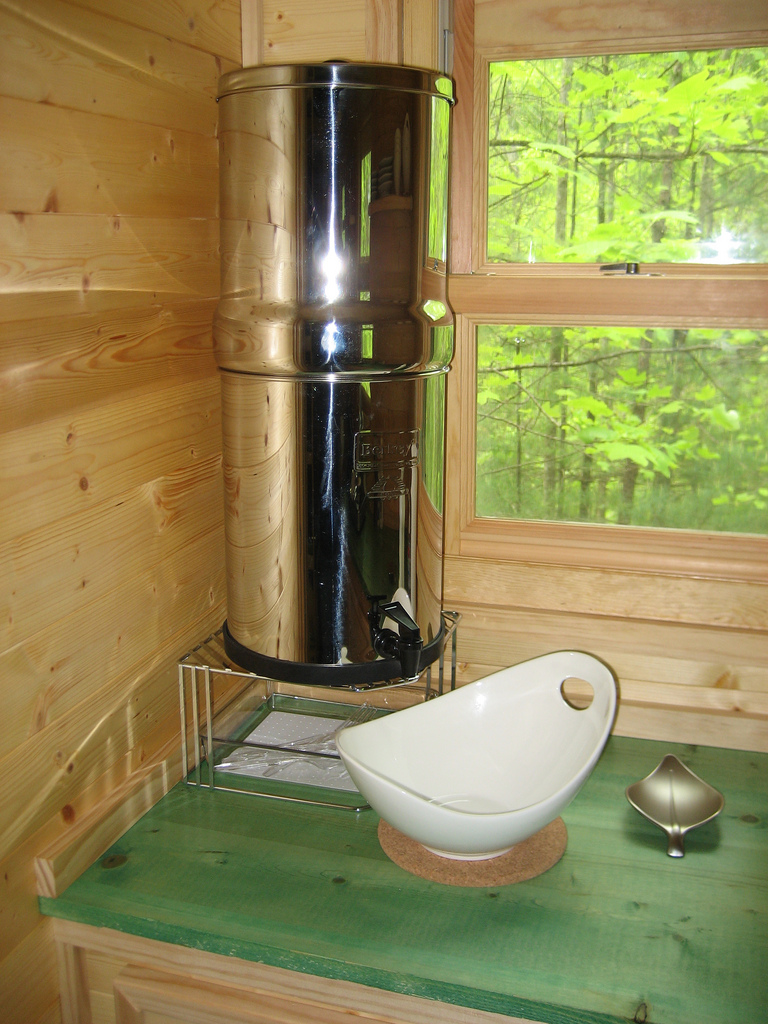
This is a work in progress. I just moved the east window to the north to make it easier to create multi-unit structures.
Drawings in the pipeline include:
– starter house with add-ons
– fourplex
– 2-story apartments with shops at street level
Concerning the $300 cost estimate: The only way to build in this price range is to scrounge almost everything. Forget about normal cost estimating. This is for people living in slums who have virtually no money.
And in case you’re wondering, the guidelines allow for community toilets.
Dr. Geiger,
I have been to Jamaica a number of times and this type of Structure might just fly there. There are tracts of land that the Jamaican Government designates as squatter land for citizens, and use of this land is a common method of homesteading practiced by locals.
The way I had it described to me by a Jamaican resident was that when someone wants to start a home they find a spot they like, (albeit minimal and usually heavily inclined) and put down about 100 cement blocks held together with mortar and some rebar. This ground course may remain unchanged for months until the owner can save for another hundred or so blocks.
They are at the mercy of being able to find real cash producing work to be able to continue construction.
When I saw your plans I immediately thought of these 10×15 block house shanty towns perched on rocky and rubbled hillsides, littered with partially completed occupied structures.
This is a great idea, and I bet there are mission trips that would be willing to carry a small supply of bags in a pilot program.